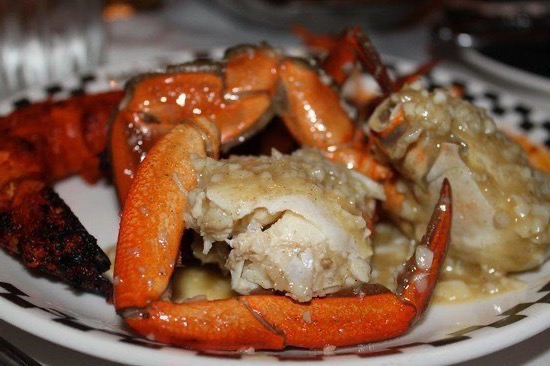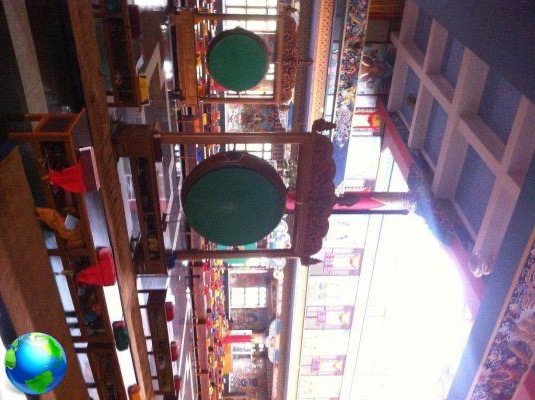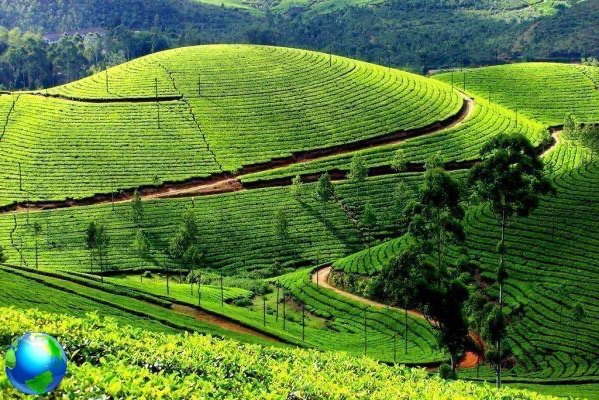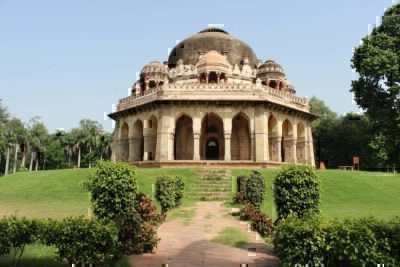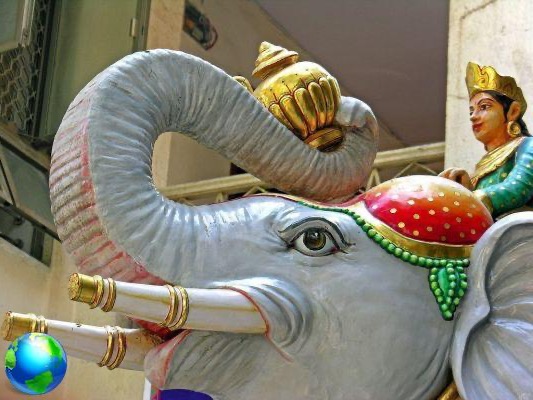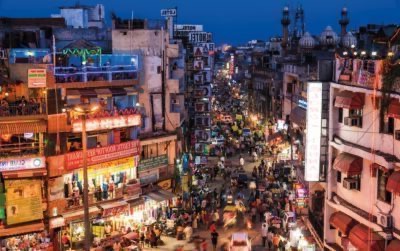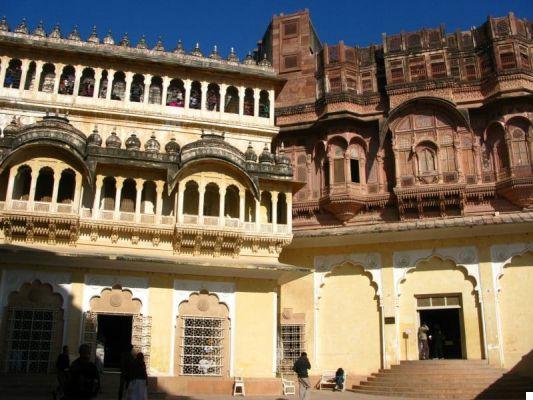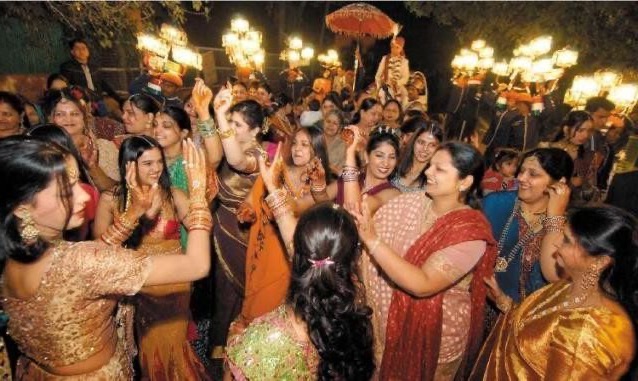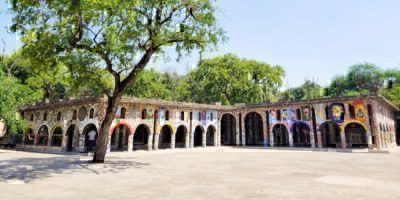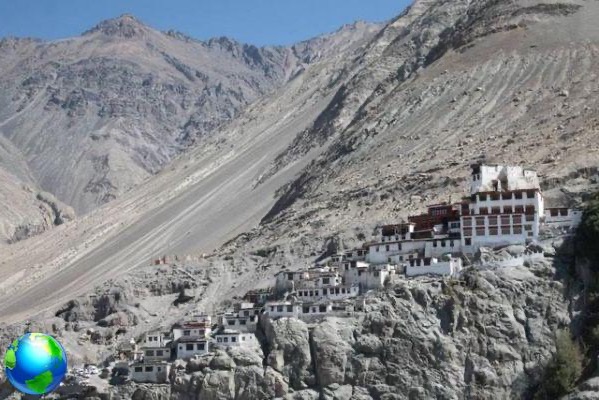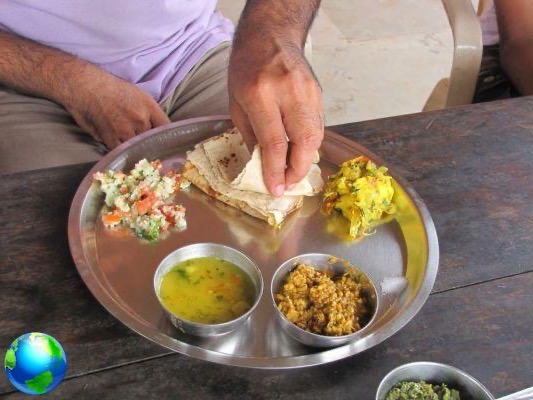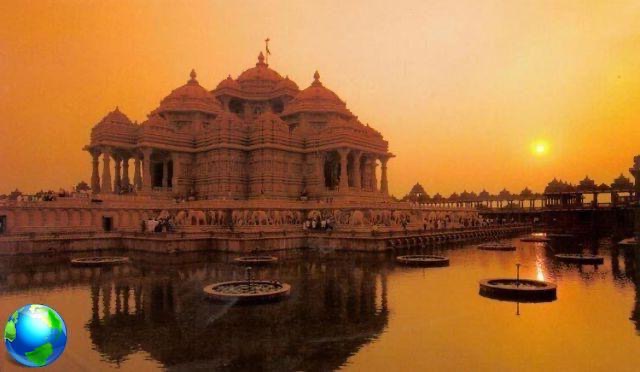
Some say that the most romantic place in the world is the Eiffel Tower, there are those who say that the whole of Paris is or those who say it is Venice.
But no one can question the romance of the Taj-Mahal if he knows yours history. The Taj Mahal is a mausoleum built in 1632 by the Mughal emperor Shah Jahan in memory of his wife Arjumand Banu Begum. Since 9 December 1983 it is part of the UNESCO World Heritage Sites and its beauty is beyond any discussion, moreover in 2007 it was included among the seven wonders of the modern world.
Emperor Shah Jahan ordered the construction of the mausoleum to keep one of the four promise he had done to his wife when she was still alive. The construction work of the mausoleum, started in 1632, lasted 22 years to end in 1654. The Taj Mahal was built using materials from all over India and Asia. Over 1.000 elephants were used during construction to transport raw materials. White marble was brought from Rajasthan, jasper from Punjab and jade and crystal from China. THE turquoise they were originally from Tibet and i lapis lazuli of Afghanistan, the sapphires they came from Sri Lanka and the carnelian from Arabia. In all 28 different types of precious stones and semi-precious stones were set in white marble for a total cost of approx 32 millions of rupees.
One reason for the extraordinary nature of the work is the perfect geometry of its forms and the almost obsessive research of symmetry. But the real peculiarity of the Taj Mahal is its ability to present itself with a always look different depending on the moment in which it is observed. In fact, the subtle play of light and shadow on the delicate marble of which the entire structure is covered, also thanks to the semi-precious stones set inside it, always appears different in the eyes of the observer. Depending on the time of day it is observed, the Taj Mahal takes on a white, pink or golden color.





